|
Another year, another country, and another school! Phew, all this moving around is getting tiring, and I've been teaching new courses every year. I'm so grateful to the MTBoS community (Math-Twitter Blogosphere) for sharing resources and teaching tips and tricks, it makes me so happy to be teaching math! I can't praise it enough! Sarah Carter from Math = Love, Sara VanDerWerf, and Dan Meyer have been my go-to's for classroom activities and lesson ideas. I'm teaching high school math (grades 10 and 11) this year. My school runs on 80 minute blocks. Here's what I did. Algebra Seat Finders and Visibly Random Groups - Rather than making a seating plan or having students choose their own seats I greet students at the door and hand them each a card as they walk in. On the card are algebra problems involving one or two step equations and order of operations that are easily solvable via mental math. The answer to the question will tell them which table to sit at. I've arranged my tables into groups of four and have signs taped to the side of the desks so they can easily find the group number. (If you would like to download copy of the seat finder cards I used, they are available at the bottom of my post). I do the same thing each day, so that every day students will sit in different groups. I like this activity because students are doing math as SOON as they enter the classroom. Some students will cheat and trade cards with other people so they can sit with their friends, but you will come to notice this quickly. I tell students that in this class we are a community and that they will always be working with different people so they get to experience different perspectives and meet everyone in class. Even if certain students don't get along, it's low stakes because the seating changes every day. On Fridays I give them a break and tell them to sit anywhere they like. It was interesting for me to notice that given the choice, students tend to sit with classmates with similar level. Peter Liljedahl has done some cool research on visibly random grouping, check out his free webinar here. Day 1
Next, I tell them a bit about myself and we grade the quizzes. #2 and #6 (distance questions) are a good chance to incorporate number sense and reasoning as most students have no idea how far it is from China to Canada or how long it takes to run a 21 km race.
I asked them to silently think of things they notice/wonder about the diagram. Then I did my first ever Stand and Talk and went around listening to conversations which gave me a chance to check in on students' English ability. I teach EL (English Language) learners so I found it helpful to model how a conversation might go the second time round: Student A: What do you notice about this picture? Student B: I notice there are two perpendicular lines. What do you notice? Student A: I notice the four dots are arranged in a square. What do you wonder? Student B: I wonder what the teacher will ask us to do with this diagram. What do you wonder? Student A: I wonder if this is a function. ..etc. We discuss and review parts of the coordinate plan. I ask them a few questions about the dots. (Which two dots share the same x-value? Which dot has the lowest x and lowest y value? etc.) The next time we revisit this activity I start with an example:
Day 2
Teach some content and continue reviewing and practicing start of class and dismissal routines.
0 Comments
It's personal.Wow, I think Fawn Nguyen is absolutely spot on when she says that classroom management is completely dependent on the who the teacher is and the types of students you have. (Fawn is my heroine BTW - just needed to throw that out there). This seems obvious, but it's taken me a while to put this tidbit of knowledge into good practice. Books like First Days of School and Teach Like a Champion have been invaluable reads, providing tons of practical advice teachers can implement right away. The issue is learning how to filter that knowledge so that it's true to your own teaching style and well-suited to who your students are. Teaching math in an academic classroom is way different than in a college or applied-level classroom, for instance, and not because the material is different per say, but because the students' attitudes towards math differ tremendously. I found that students who are in applied or college-level math courses generally have lower confidence in their math abilities. Subsequently, each wrong answer means another failure added to the list and just reinforces what they already knew, "I'm not good at math." Here, priority #1 is to build a safe and welcoming classroom where a culture of error is the norm, and is celebrated as a vehicle for learning. Likewise, North American students and Asian students also differ in their attitudes towards math. Comparatively speaking, math anxiety seems to be a bigger issue in North America. On the other hand, students in Asia tend to be really good at math, they respect the subject, and they will work hard at it, even when things get tough. In Asia, the norm is repeat and rehearse everything the teacher's taught, but the challenge is to get kids thinking independently and creatively. Different mindsets on math, as told in memes: April's Tips on Classroom Management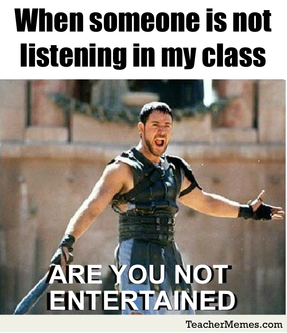 The answer is probably yes. The answer is probably yes. Okay, so still fairly new at this teaching thing, but here are some things that worked for me: 0. Plan a good lesson. I'm echoing Fawn on this one when I say that having an engaging lesson solves soooooo many potential discipline issues in the classroom. Kids will act out when they are bored. I know this because I WAS this. I mean, I was an A student throughout high school and a MODEL student at that. One summer I took a physics and had a teacher who literally read the textbook to us. I can do that myself, thank you very much. So, rather than sit in silence and boredom, I discovered that the reflective properties of light were pretty fun to play around with. I was particularly intrigued at how various angles of light rays from the window would bounced off the shiny surface of my watch right into - yup, the teacher's eyes. 1. Learn names. I always make it a point to know the names of all my students and connect with them in some way. To me, there's nothing worse than being called "you in the red shirt" or "hey you." Teach students, not the subject. 2. Don't repeat student answers. I first noticed this during my observations of a veteran teacher while I was student teaching, and it completely changes the way discussions flow in the classroom. If a student answers a question, and the teacher repeats the answer (usually in a louder voice or with elaborations), in the students minds this translates to, "Information is not important, unless it comes out of the teacher's mouth." If a student says something really insightful, ask them to repeat it instead - you'll have reinforced two important messages to a) the student: "Your contributions are valuable!", and b) the class, "We have a lot to learn from our peers!" It is so vital for teachers to give students opportunities to be responsible for their own learning. 3. No Opt-Out. I got this one from Teach Like a Champion. The premise is simple, if a student does not know the answer to a question, they cannot get away with "I don't know." You might ask another student for their thoughts, you might provide a hint, you might just say the answer outright, but you will always go back to the student who said, "I don't know." "I don't know" is not an acceptable answer in my classroom. We want students to get from: "I don't know" therefore "I don't have to try", to "I don't know, YET" so "I'm going to keep trying." 4. Keep it simple. If you're like me, you probably have a list of 20 different procedures, routines, and policies you'd like your students to do and maintain throughout the year, but this is not realistic! I ended up flopping on most of them. My first two years of teaching have been chaotic, and I'm slowly coming to accept that it will be this way for a while. Focus on the five most important guidelines and procedures that your classroom cannot do without, then build from there. 5. Document everything. The biggest lifesaver for me last year was getting students to fill out "Action Plans" for whenever they made a bad choice. There are many variants of this on Pintrest. Student Responsibility Cards for homework were also cool, but didn't work out that well for my classroom because I didn't follow through on consequences. So I'll keep the first and toss out the latter. Links to some documents I used below. 6. Give logical consequences. When I was little, my punishment for making bad choices was always the same; mum would make me stand facing the wall with my arms up, and fingers pinching my ears. I guess it was supposed to make me feel ashamed of my actions, but it doesn't make sense. Let's remedy the behaviour, and not punish the student. Examples of logical consequences below.
|
April SooInternational math educator who writes, occasionally. Archives
April 2020
Categories
All
|
||||||
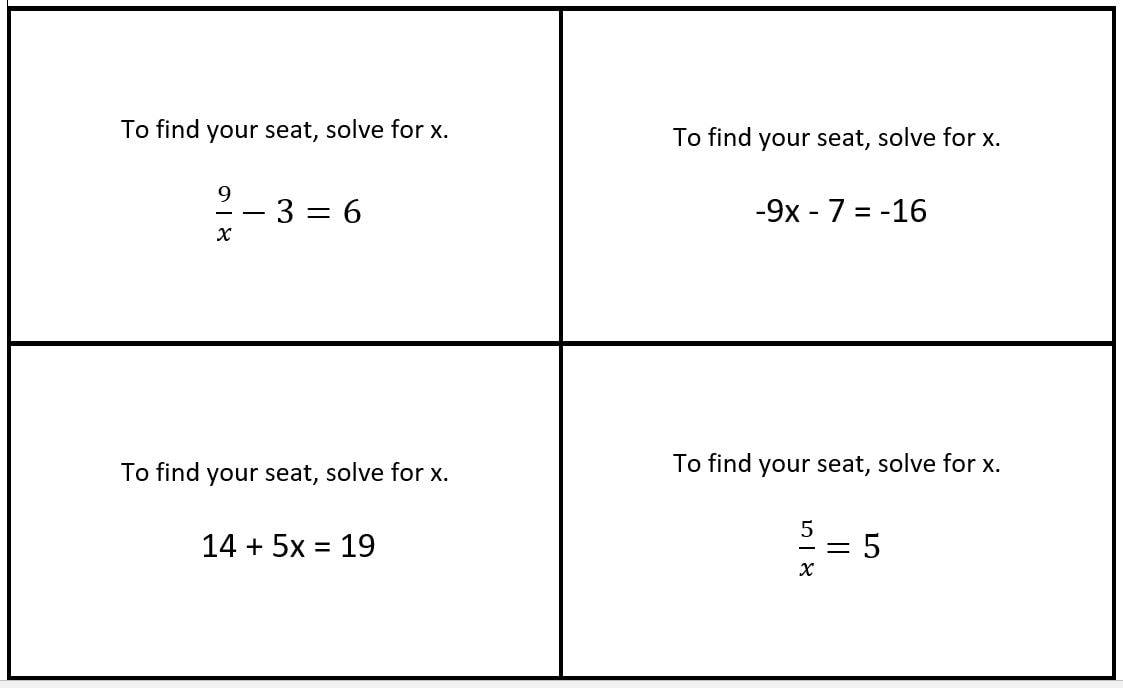
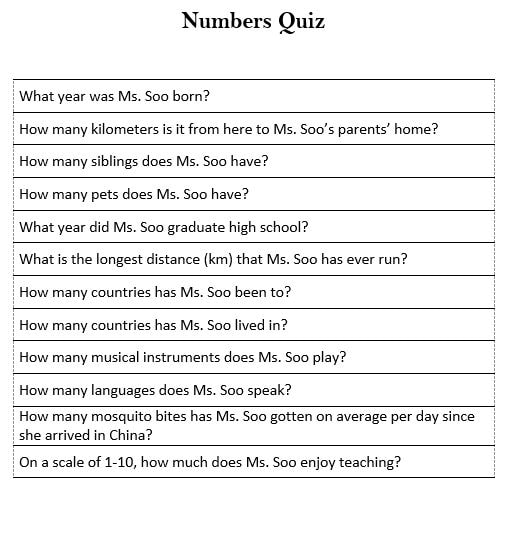
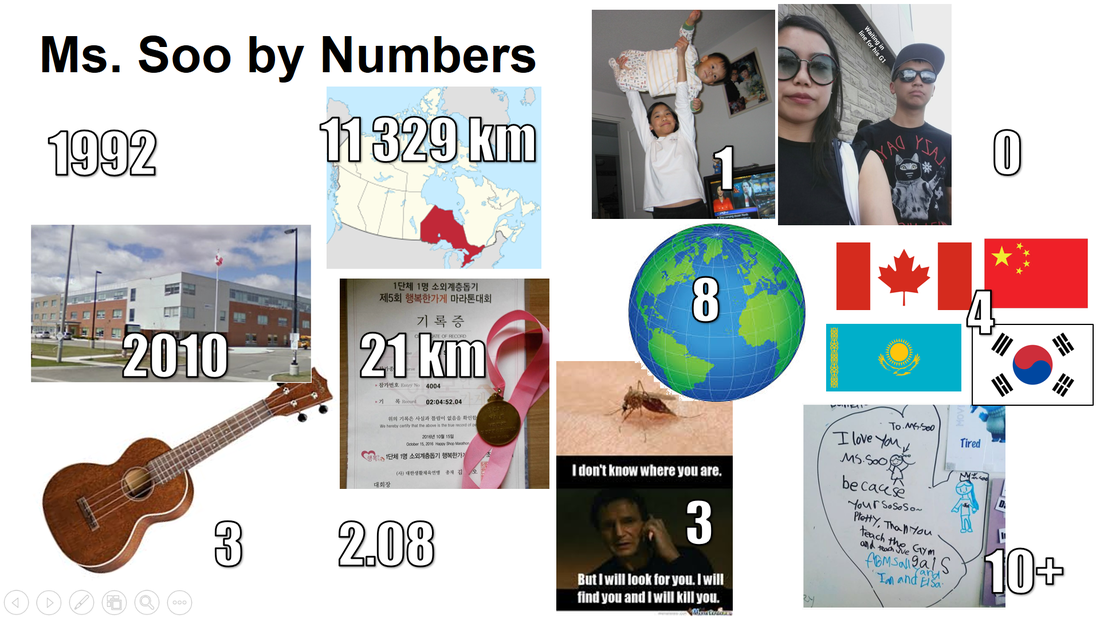
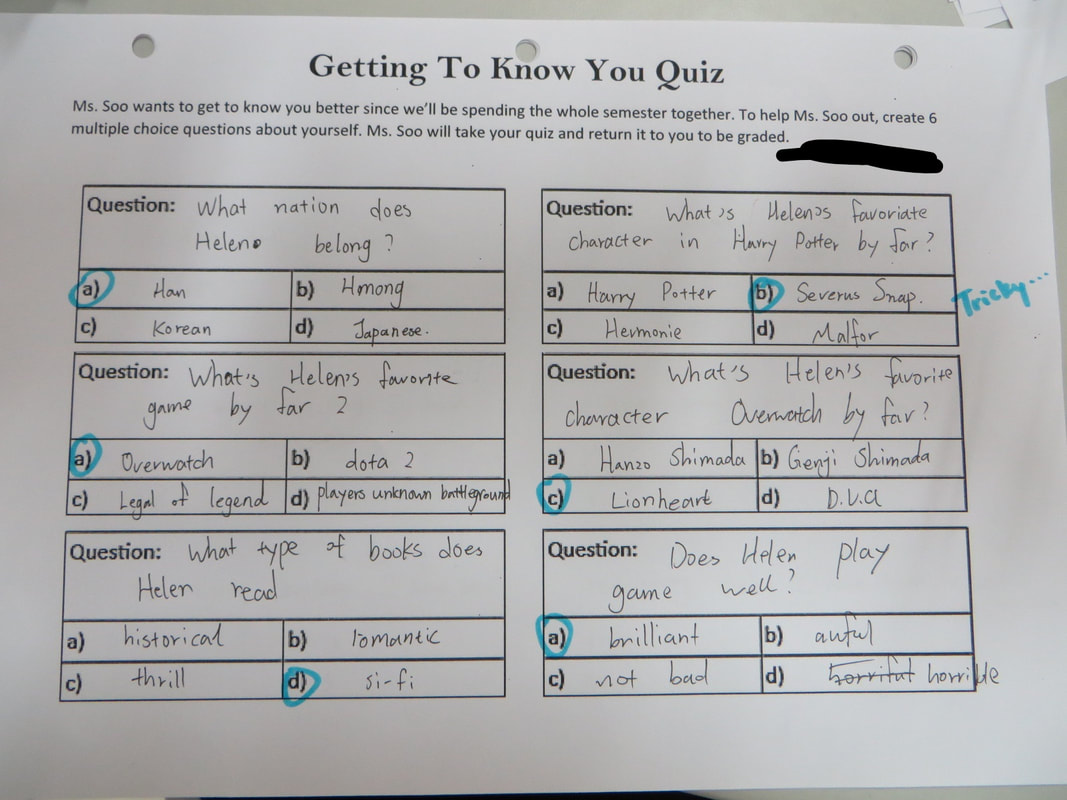
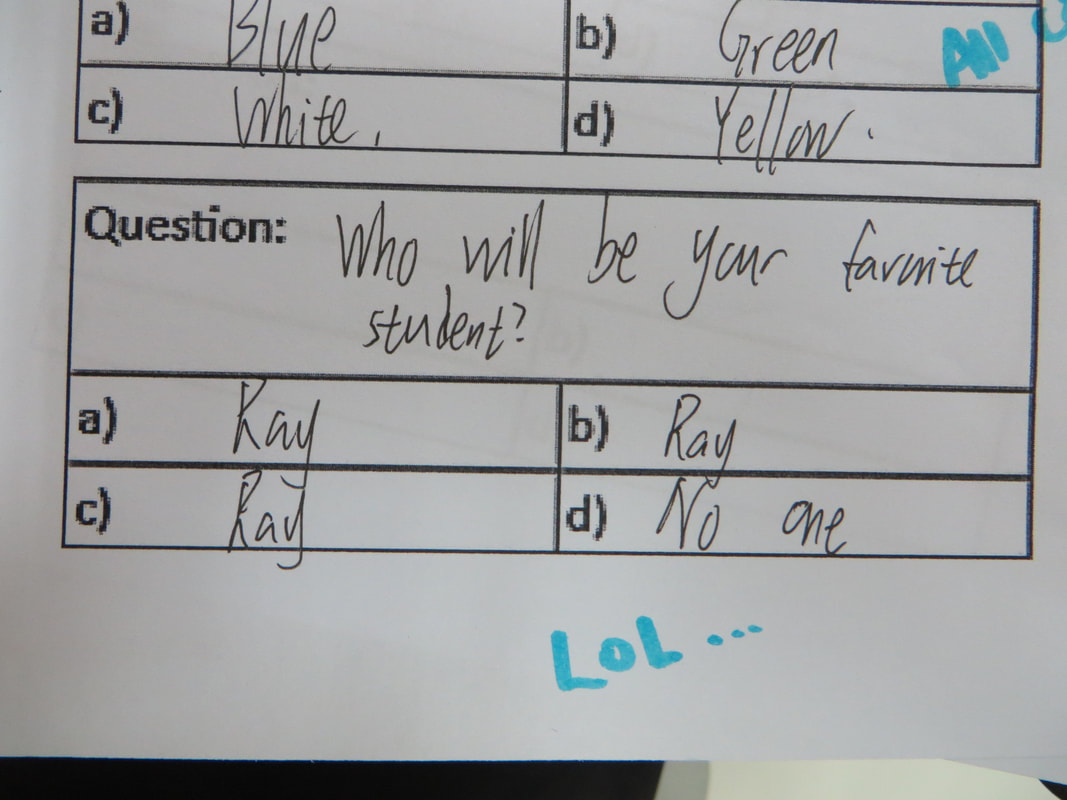
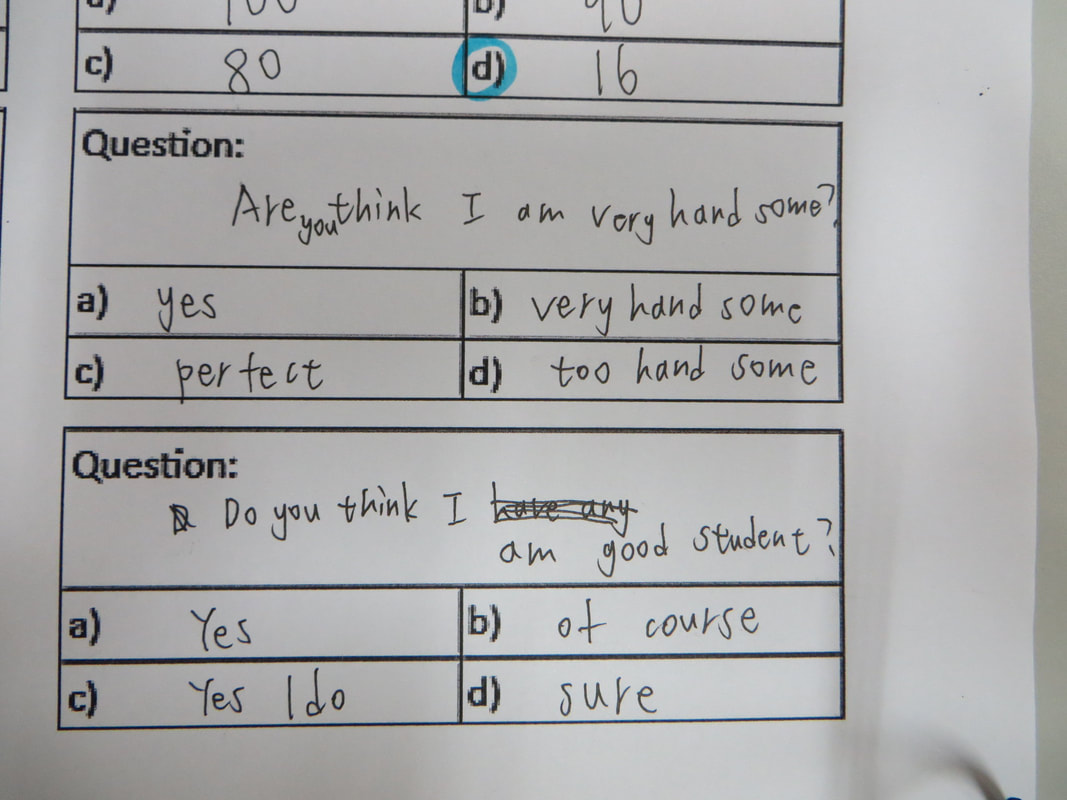
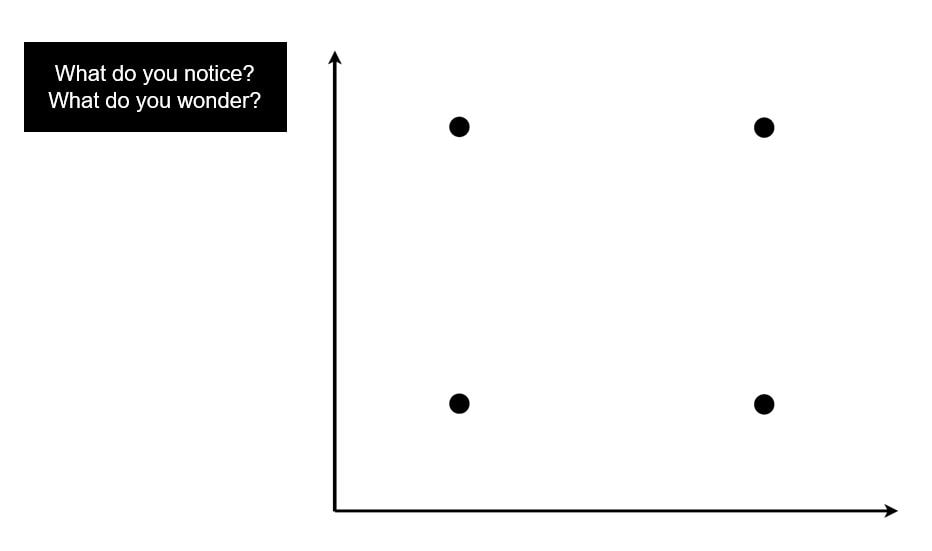
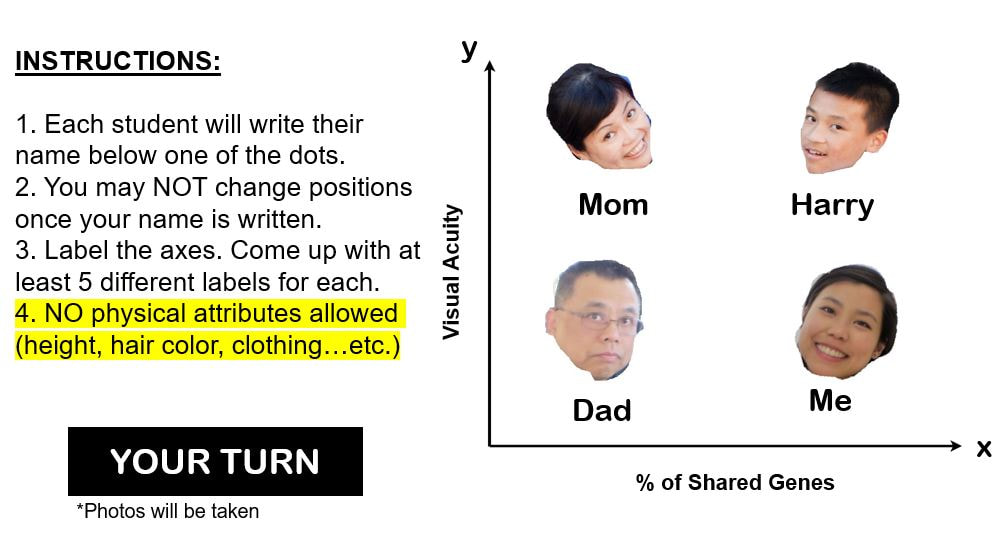
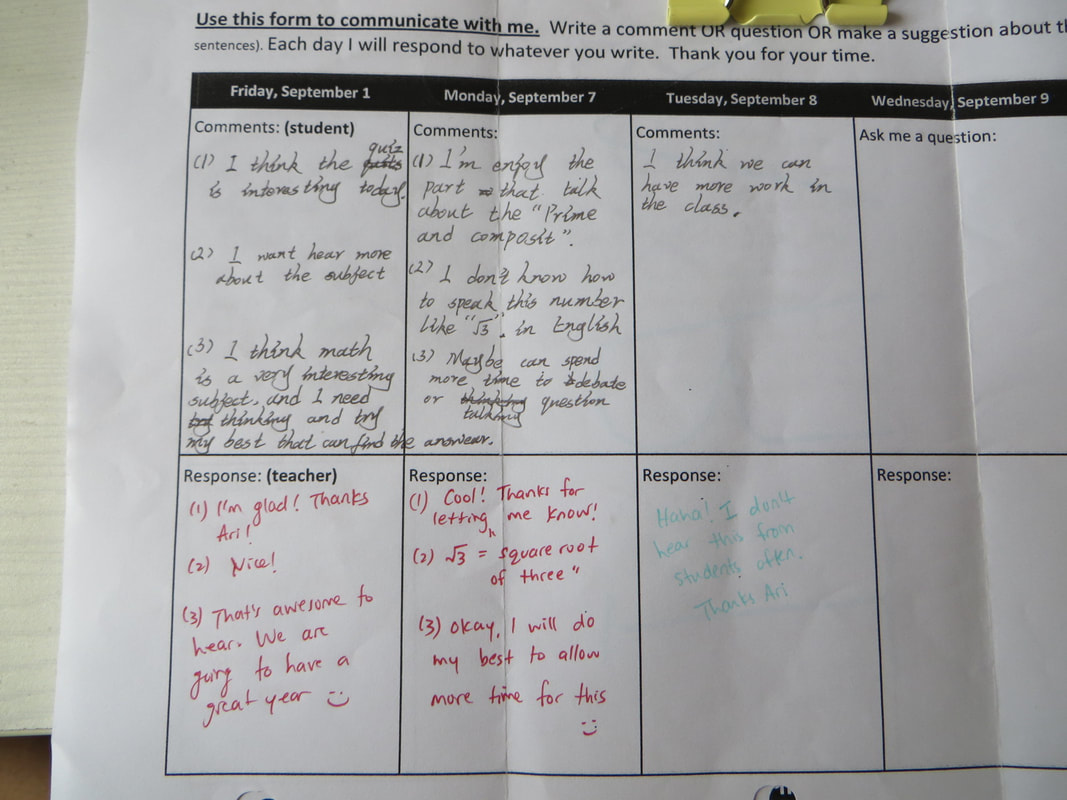

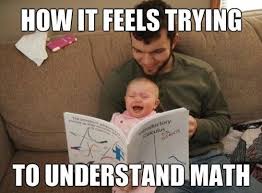
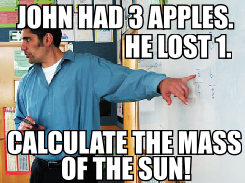

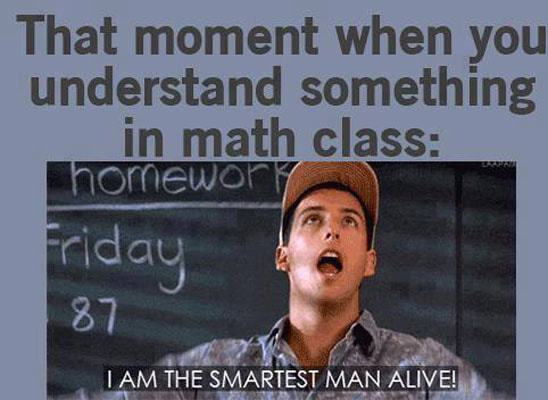
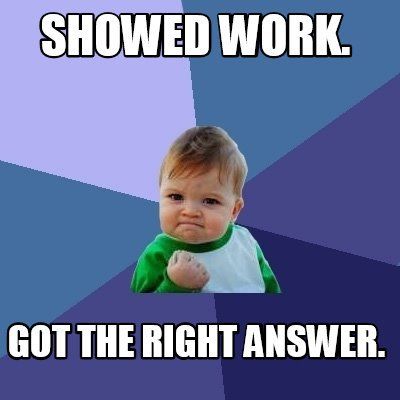
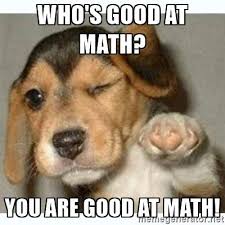
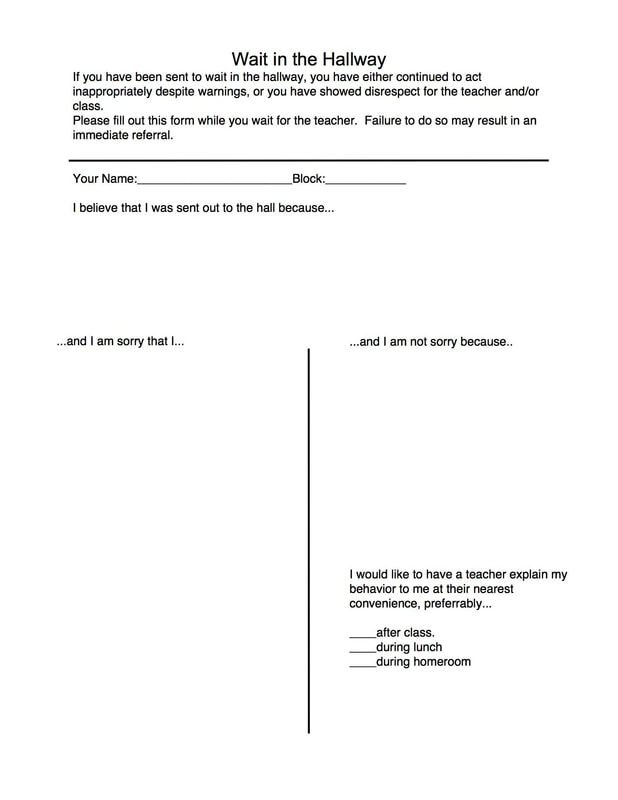
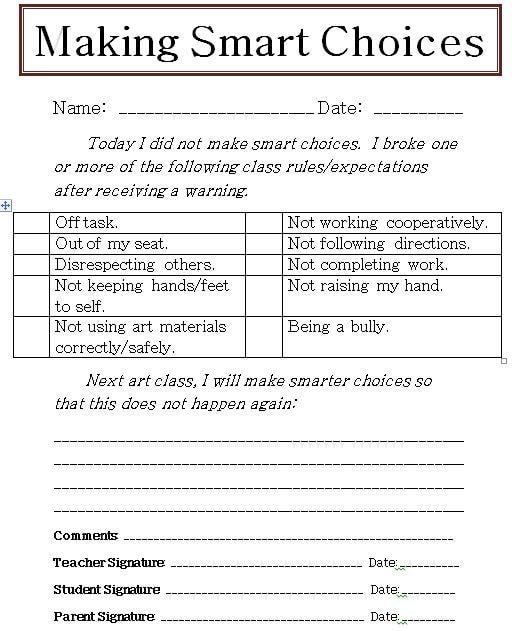
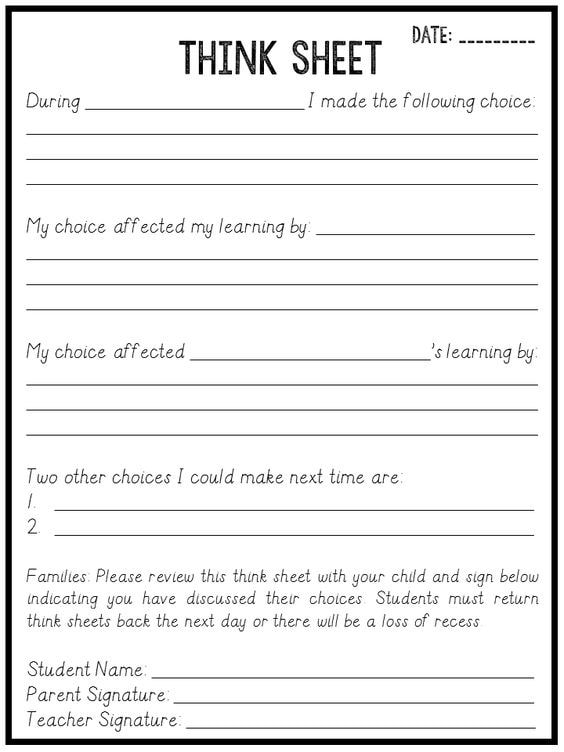
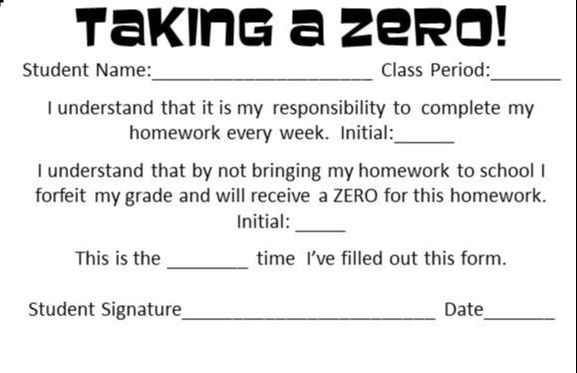
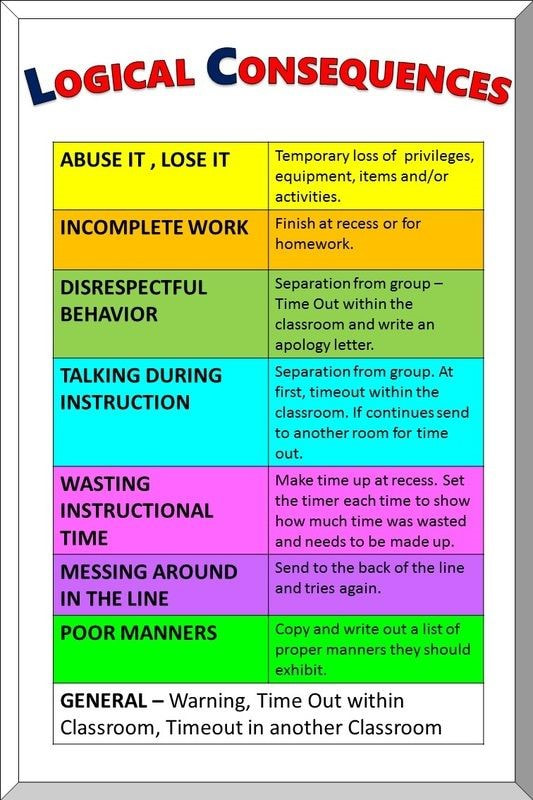

 RSS Feed
RSS Feed
